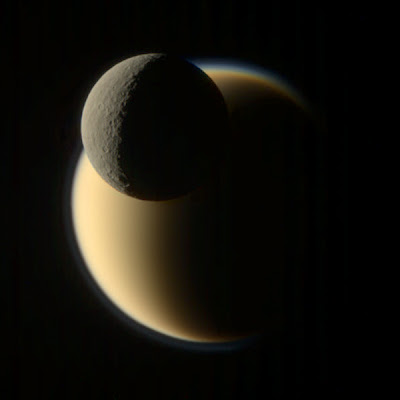I went to the
Advanced Imaging Conference in San Jose a couple weekends ago and learned some new processing tricks and ideas. I've been playing with my new skills on some of my old data to see if I can make improvements.
Tony Hallas had some really great tricks that made a lot of sense and had everyone saying "
oooh!" when he demonstrated them. I did buy his set of tutorial DVDs and they are great! But as expected, my stuff never looks like his. I just need to keep practicing.
Here are a couple of images that I've been playing with: (click the images to see full size)
M81 - I combined a few nights of images for some cleaner data this time. I brought out some more detail in the core dust lanes, didn't burn out the center (new trick!), and played with the colors a little. I think it looks better now.
 M31
M31 - My continuing quest of getting a decent shot of this that I can enlarge to a poster sized print. Sharpened up some of the dust lanes some more, brought out some more colors, but still fighting noise in the background. I'm slowly getting happier with this one.

Someday, I'll get some clear skies to test out my $360 worth of
new filters. I bought a CLS filter, which should help with light pollution, and another H-Alpha filter (this goes into the camera body rather than screw on externally). I'll sell my old H-Alpha filter to justify the cost of this one. :-)
 This comes from "Bad Astronomy" Phil Plait's blog, but had to borrow this from it since it was so much fun. This is a playground toy in Portugal. Probably an old playground from the 70s when Space: 1999 was still on TV and popular (or I think it was popular?). I used to watch it every week!
This comes from "Bad Astronomy" Phil Plait's blog, but had to borrow this from it since it was so much fun. This is a playground toy in Portugal. Probably an old playground from the 70s when Space: 1999 was still on TV and popular (or I think it was popular?). I used to watch it every week!














